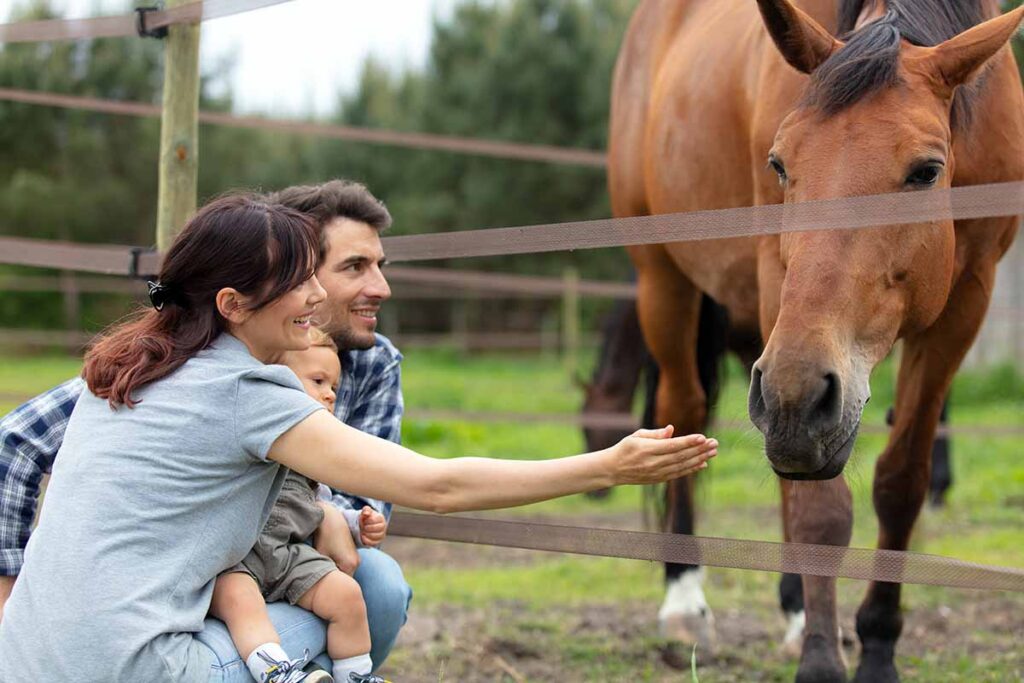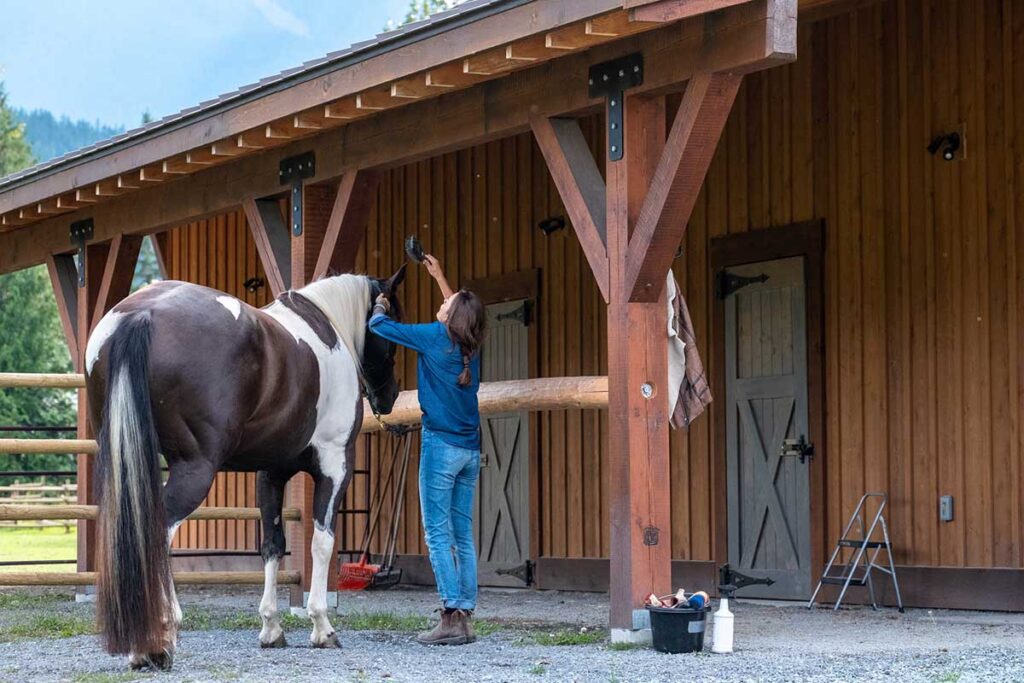Horse ownership is a big investment. Those looking to experience the joys of ownership without jumping into it whole hog might consider leasing a horse first. Leasing is essentially paying to rent someone’s horse for a predetermined period. In this article, we’ll explore the reasons you might want to lease a horse, the pros and cons, and considerations such as contracts and insurance.
Why Lease a Horse?
Leasing allows you to have a dedicated horse to ride without the long-term accountability and cost. You’ll still be responsible for the horse’s care, but you won’t have to pay as much to buy a horse outright. Lease prices vary considerably but are often 20-30% of a horse’s purchase price per year.
You might choose to lease a horse for many reasons. Perhaps you’re new to riding and want to see if you enjoy it before committing to ownership. Or, maybe you need more time in the saddle before you’re ready to buy. Leasing gives you the ability to experience different breeds, ages, and disciplines of horses you might not have had access to otherwise, allowing you to determine your preferences and hone your skills.
Types of Horse Leases

Leases vary depending on the needs of the horse, owner, and lessee. Generally, you’ll encounter three types of lease arrangements:
- Full lease: As the lessee, you’re responsible for all the horse’s expenses. You pay an agreed-upon fee in full at the start of the lease.
- Half or partial lease: You pay half the horse’s expenses and get a set amount of time or number of days you can ride him each week.
- Care lease: You pay no upfront fee but incur the expenses to care for the horse.
Leases can also last varying amounts of time, with the most common being a yearlong lease. Other options include six-month or month-to-month leases.
Some leases come with an option to buy the horse for an agreed-upon amount at the end of the contract period. Lease-to-buy agreements allow you to essentially try the horse first. This lets you determine if he’s your perfect match and if you can afford his care long-term.
Pros and Cons of Leasing
Leasing can be a great option, particularly for novice riders. However, it does have its pros and cons. On the positive side:
- Leasing is typically financially and logistically easier than owning, especially if you are uncertain if horse ownership is right for you.
- When leasing, you can try riding horses of different types and levels to determine which ones you prefer.
- You might get to develop your skills and experience riding a horse you wouldn’t otherwise be able to afford to buy.
- At the conclusion of the lease, you have the option to be immediately relieved of horse care costs.
Potential negatives to consider include:
- Lack of ownership control.
- Limitations on what you can do with and where you can take the horse.
- You might have to share the horse with the owner or another lessee.
- At the end of the lease, you might have to part with a horse you’ve fallen in love with.
- You have no long-term investment in the horse or ability to recoup some of your expenses by selling him.
Considerations When Leasing a Horse

When selecting a horse to lease, it is important to choose one that matches your skills and abilities. This is where a trainer’s contacts and expertise can be invaluable. Don’t be afraid to ask questions about the horse’s training and temperament, observe the horse under saddle, and try riding him before signing any agreements. This will help ensure you and the horse are a good fit and that you don’t get stuck in a frustrating situation.
Before leasing a horse, it’s essential to consider the details of the arrangement. One of the most important aspects is creating a clear and concise lease agreement that outlines the lease duration, fees, expectations, and responsibilities, including who will pay for vet bills, feed, and boarding expenses. It’s also important to have insurance coverage for the horse in case he gets hurt or sick under your watch. You’ll want to ensure the agreement specifies who covers preventive and emergency veterinary expenses during the lease.
Take-Home Message
Leasing gives you the opportunity to gauge your interest in and commitment to horse ownership before making a significant investment. It’s a great way to experience the joys of riding, learn more about horse care and responsibilities, and develop better horsemanship skills. Done correctly, leasing can be a fun and fruitful adventure.
Are you enjoying this content? Sign up for My New Horse’s FREE newsletter to get the latest horse owner info and fun facts delivered straight to your inbox!








